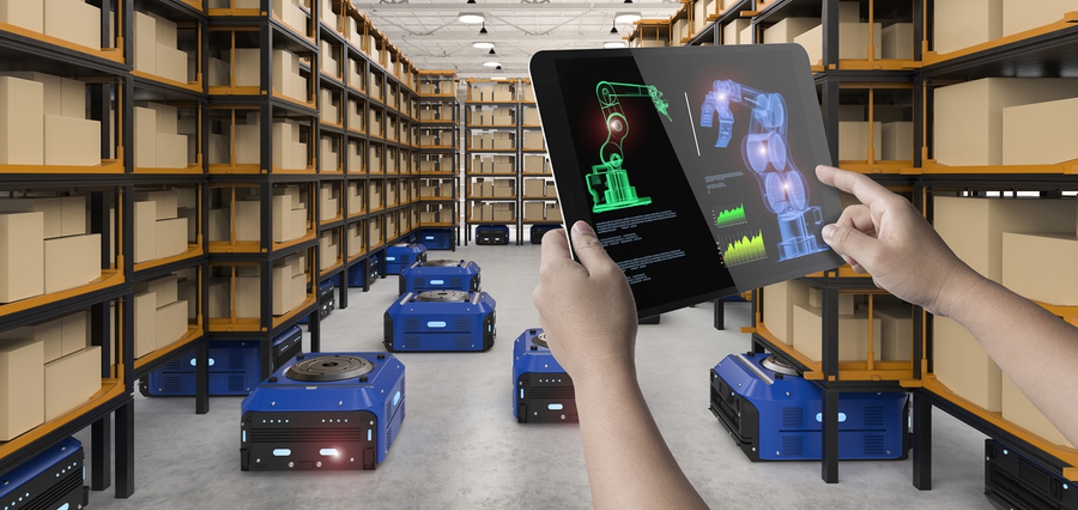Any business that operates within the manufacturing, warehousing, or transportation industry will likely see increased efficiency and productivity by
Any business that operates within the manufacturing, warehousing, or transportation industry will likely see increased efficiency and productivity by implementing logistics automation. That said, there are some factors you should consider before implementing an automated technology. Namely, your return on investment (ROI), how it fits with what other technologies you use, changes to job roles, and associated training that may be required. This article will discuss them in detail:
Contents
Evaluate The Value of Increased Speed
When considering increasing operational speed through the implementation of logistics automation, consider both lead times and throughput. Lead time is defined as the total time it takes for an order to flow from receiving it until shipment. Throughput is defined as units moved per hour. The equipment used for logistics automation is designed to speed up lead times by improving throughput.
Related: How to Start Your Own Consulting Business Plan
Ensure Your Technology Can Fit Within Existing Integrations
Many companies have already invested in technological integrations but are still willing to update their current equipment if it fits into their technological environment. To avoid needing an overhaul of the entire system, make sure you research the available logistics automation and how they integrate with existing technologies before investing in them. This will help maintain cost-efficiency and keep downtime as low as possible.
Know What Changes You’ll Need to Make for People
If a company wants to implement automated logistics, they should first think about the consequences this may have on job roles and responsibilities – especially those related to labor management. Implementing this technology will likely change staff responsibilities. For example, having an employee now responsible for operating the machine or maintaining it. This may also affect labor-management practices like scheduling overtime and who will oversee the process.
Related: The best marketing tips for small businesses in 2021
Make Sure Employees Are Up to Speed on New Equipment
Logistics automation isn’t always easy to understand right away, especially if they’re not used to working with machines. If your company implements logistics automation, know what training will require people to use the new equipment. You may also want to consider whether or not employees should be cross-trained on different types of equipment before purchasing every machine.
Logistics automation can help your business operate efficiently, maintain a competitive edge and increase profits. As with any new tool or technology, it’s important to consider the benefits, drawbacks, and costs before deciding.

COMMENTS